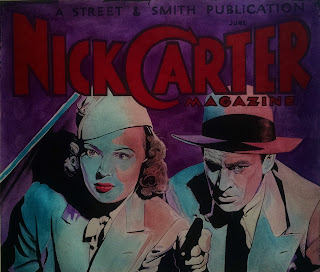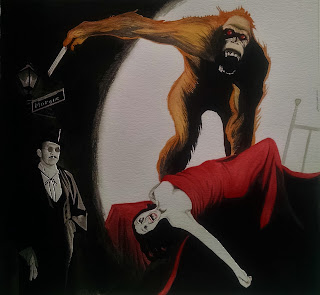
GREAT DETECTIVES & PEOPLE OF MYSTERY SHERLOCK HOLMES Sir Arthur Conan Doyle was born on May 22, 1859 at No. 11 Picardy Place, Edinburgh, Scotland. The Doyle's were an old aristocratic Irish family. In 1879, while at school and attempting to help pay for it, Conan Doyle wrote his first story (not Sherlock Holmes related) and to his surprise he sold it to a magazine. Later that year he sold a second story. He graduated from the University of Edinburgh with a medical degree in 1885. He spent seven months as a ship's doctor on a whaler in the Arctic and four months as a medical officer on an African steamer. Impressed by Edgar Allan Poe's character C. Auguste Dupin, Conan Doyle decided to try his hand at a detective novel. The result was "A Study in Scarlet", the first Sherlock Holmes story, which he had to virtually give away in order to get it published in 1887. The book-length story received scant critical attention. The Ho...




